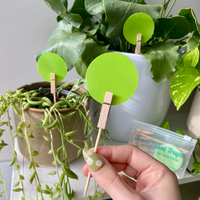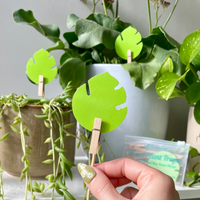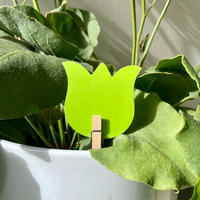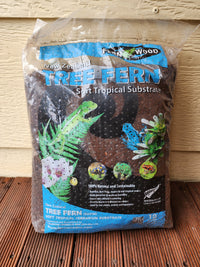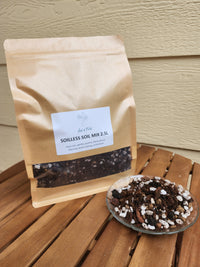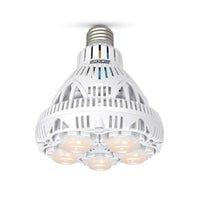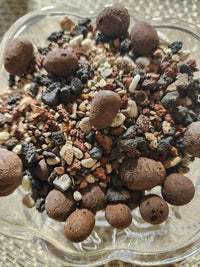Are you wrestling with root rot, inconsistent moisture and pests in traditional potting mix? Soilless growing media eliminate soil-borne issues by combining inert substrates that deliver water, air and nutrients in precise balance. In this guide, you’ll discover what a soilless growing medium is, key health advantages for houseplants, a comparison of popular media, step-by-step transition methods, and where to source premium mixes from Leaf of Faith.
What Is Soilless Growing Medium and How Does It Work for Houseplants?
A soilless growing medium is an inert, non-soil substrate—such as clay pellets or coconut fibre—that supports roots by separating air and water zones, improving respiration and hydration. This structure promotes vigorous root systems and reduces disease, and it paves the way for targeted nutrient management.
What Defines a Soilless Growing Medium?
A soilless growing medium is any plant substrate without natural earth, composed of materials like expanded clay, coir or mineral granules that are sterile, lightweight and pH neutral. By eliminating soil particles, these media prevent compaction and ensure consistent oxygen availability to roots, which supports healthy nutrient uptake.
Root health directly influences foliage growth and overall vigour. Understanding this relationship leads us to explore how soilless systems transform indoor plant care.
How Does Soilless Growing Improve Houseplant Health?
Soilless media enhance aeration and drainage, which prevents waterlogging and supports beneficial microbes around the root zone. Improved gas exchange encourages thicker root hairs and efficient nutrient absorption, resulting in stronger stems and lustrous leaves.
Benefits of Soilless Growing Media
Soilless growing media offer advantages over traditional soil, including improved aeration and drainage, which can prevent root rot and promote healthier root systems. These media also allow for more precise control over nutrient delivery and pH levels, leading to more vigorous plant growth.
By maintaining a clean substrate free of decaying organic matter, soilless growing also cuts down on fungus gnats and soil-borne pathogens, setting the stage for selecting the right substrate for your plants.
Which Types of Soilless Media Are Commonly Used?
Below is a comparison of popular soilless media and their defining properties.
| Medium | Attribute | Value |
|---|---|---|
| LECA | Composition | Porous expanded clay pellets |
| PON | Composition | Pumice, lava rock, zeolite |
| Coco Coir | Composition | Processed coconut husk fibre |
| Perlite | Composition | Heated volcanic glass |
Each substrate offers distinct water-holding and aeration characteristics, guiding you toward the ideal choice based on plant type and watering routine.
What Are the Key Benefits of Using Soilless Growing Medium for Houseplants?
A soilless system delivers direct control over moisture levels, root oxygenation and pH stability, which translates into vibrant growth and fewer maintenance issues.
How Does Soilless Medium Improve Aeration and Drainage?
Soilless media prevent root suffocation by providing open pore space for air and rapid water runoff.
- Encourages oxygen exchange at the root surface to boost respiration.
- Prevents waterlogging that leads to anaerobic conditions and root rot.
- Allows excess salts to flush through without retaining harmful residues.
These features bolster root resilience, preparing plants for adaptive nutrient strategies.
How Does It Help Prevent Common Houseplant Problems Like Root Rot and Pests?
By using inert substrates, soilless systems remove organic decaying matter that attracts fungal pathogens and gnats.
- Reduces fungus gnat breeding grounds due to a lack of organic food sources.
- Minimises anaerobic pockets where root-rot pathogens thrive.
- Creates a sterile environment that supports beneficial microbes instead of pests.
Clean media management becomes essential as you transition to soilless growing methods.
Why Is Consistent Moisture and pH Stability Important for Indoor Plants?
Uniform moisture levels prevent drought stress and overwatering cycles, while stable pH ensures nutrient availability.
- Maintains optimal nutrient solubility and absorption rates.
- Avoids pH swings that lock out essential minerals.
- Supports balanced microbial activity in the rhizosphere.
Steady moisture and pH are the foundation for uniform growth and long-term plant health.
How Do Different Soilless Media Compare?
Comparing popular soilless media helps identify the best substrate based on plant type, watering frequency and growth goals.
Comparison of Soilless Media
Different soilless media have unique properties that affect plant growth. Some provide excellent aeration, others offer a balanced blend of minerals, and some excel at moisture retention. The choice of medium depends on the specific needs of the plant and the grower's preferences.
| Medium | Key Feature | Unique Benefit |
|---|---|---|
| LECA | High porosity | Excellent aeration and rapid drainage |
| PON | Mineral blend | Balanced water retention and stability |
| Coco Coir | Fibrous organic origin | Superior moisture buffering |
Understanding these distinctions informs your next selection and sets up proper usage instructions.
What Are the Unique Features and Composition of LECA?
LECA (Lightweight Expanded Clay Aggregate) consists of baked clay pellets with a pH-neutral, reusable structure. It provides consistent air pockets and requires minimal maintenance, making it ideal for semi-hydroponic systems where roots wick moisture from a reservoir.
This emphasis on aeration leads us to contrast LECA with other mineral-based substrates.
How Does PON Differ from LECA in Composition and Performance?
PON blends pumice, lava rock and zeolites with slow-release fertiliser, delivering a stable air-to-water ratio and built-in nutrients. Unlike LECA, PON holds more water per volume and promotes gradual nutrient release, reducing feeding frequency.
Assessing water and nutrient dynamics helps determine when coco coir may be preferable.
What Are the Advantages of Coco Coir in Soilless Mixes?
Coco coir is a renewable byproduct of coconut husks that retains moisture well while remaining free-draining. It balances water supply and oxygen flow, and its fibrous texture supports healthy root anchoring, making it suitable for most indoor plants.
This eco-friendly option guides selection based on plant type and care habits.
When Should You Choose One Medium Over Another for Your Houseplants?
- Choose LECA for semi-hydroponics and minimal watering routines.
- Choose PON for steady water release and low-maintenance feeding.
- Choose Coco Coir for high-moisture retention and sustainable sourcing.
Matching substrate to plant requirements ensures efficient growth and simplified care.
How Can You Transition Your Houseplants to Soilless Growing Medium?
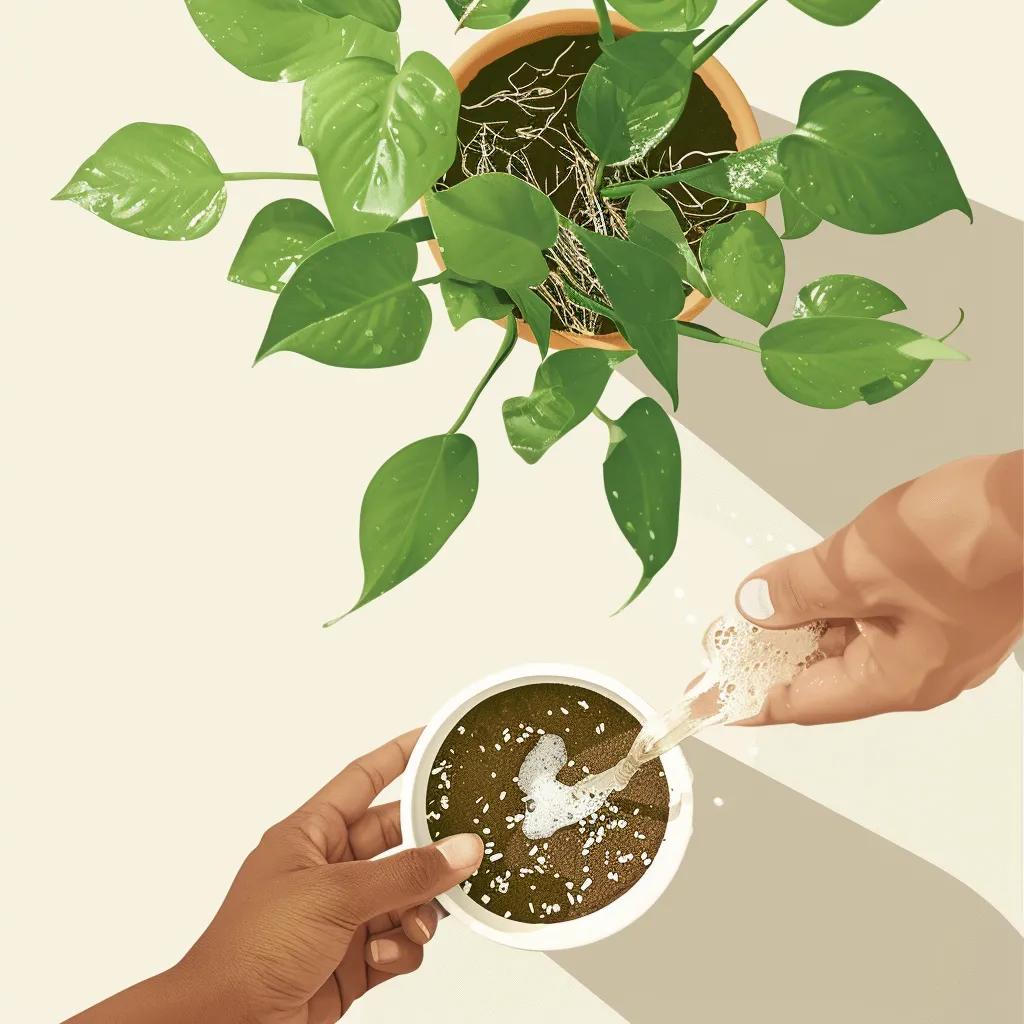
Transitioning involves cleaning roots, selecting the right substrate and adapting nutrient regimens to inert media.
What Are the Step-by-Step Instructions for Using LECA or PON?
- Remove the plant carefully and rinse the root ball under lukewarm water.
- Fill a clean pot with pre-soaked LECA or PON to support roots.
- Position roots in the substrate, backfilling evenly for stability.
- Add water to just below the substrate rim for semi-hydroponic wicking.
- Monitor reservoir levels and refill when the water line drops by half.
These steps establish a clean start and efficient moisture delivery system.
How Do You Manage Nutrient Supplementation in Soilless Media?
- Supply a complete hydroponic nutrient solution tailored to your plant’s growth stage.
- Adjust EC (electrical conductivity) and pH of the nutrient mix before each watering.
- Flush substrate monthly with plain water to prevent salt build-up.
Precision feeding ensures plants receive balanced nutrition in an inert environment.
What Are Common Troubleshooting Tips for Soilless Houseplants?
- Watch for yellowing leaves that indicate nutrient deficiency and adjust the formula.
- Address pH drift by testing the reservoir solution weekly and correcting with pH-down or pH-up.
- Remove green algae on the surface by reducing light exposure or rinsing the medium.
Proactive problem-solving preserves a sterile substrate and keeps plants thriving.
Where Can You Find Quality Soilless Growing Products from Leaf of Faith?
Leaf of Faith offers Australian-curated soilless mixes designed for indoor plant success and local support.
What Makes Leaf of Faith’s Soilless Soil Mix (Chunky Mix) Unique?
The Soilless Soil Mix (Chunky Mix) combines coco coir, pumice, orchid bark, horticultural charcoal, and worm castings for balanced moisture retention, aeration, and root health. This blend is ideal for a wide range of houseplants and promotes resilience against overwatering.
This foundation leads naturally to our specialised blends for semi-hydroponics.
How Do Our Blends Support Semi-Hydroponic Growing?
Our blends merge mineral components with inert pellets, creating a stable substrate that wicks water efficiently and supports optimal root aeration. They simplify reservoir refills and maintain consistent moisture levels for robust growth.
With these products in hand, securing supplies is straightforward.
How to Purchase and Get Support for Soilless Growing in Australia?
Browse and order online at leafoffaithsa.com.au with Australia-wide shipping or local pickup. For expert advice, contact our plant care team via live chat or email—our specialists provide tailored guidance to ensure your transition to soilless growing is seamless.
Embracing soilless media transforms indoor gardening, delivering healthier roots, fewer pests and precise nutrient control. Discover the right mix for your plants and experience the Leaf of Faith difference today.


